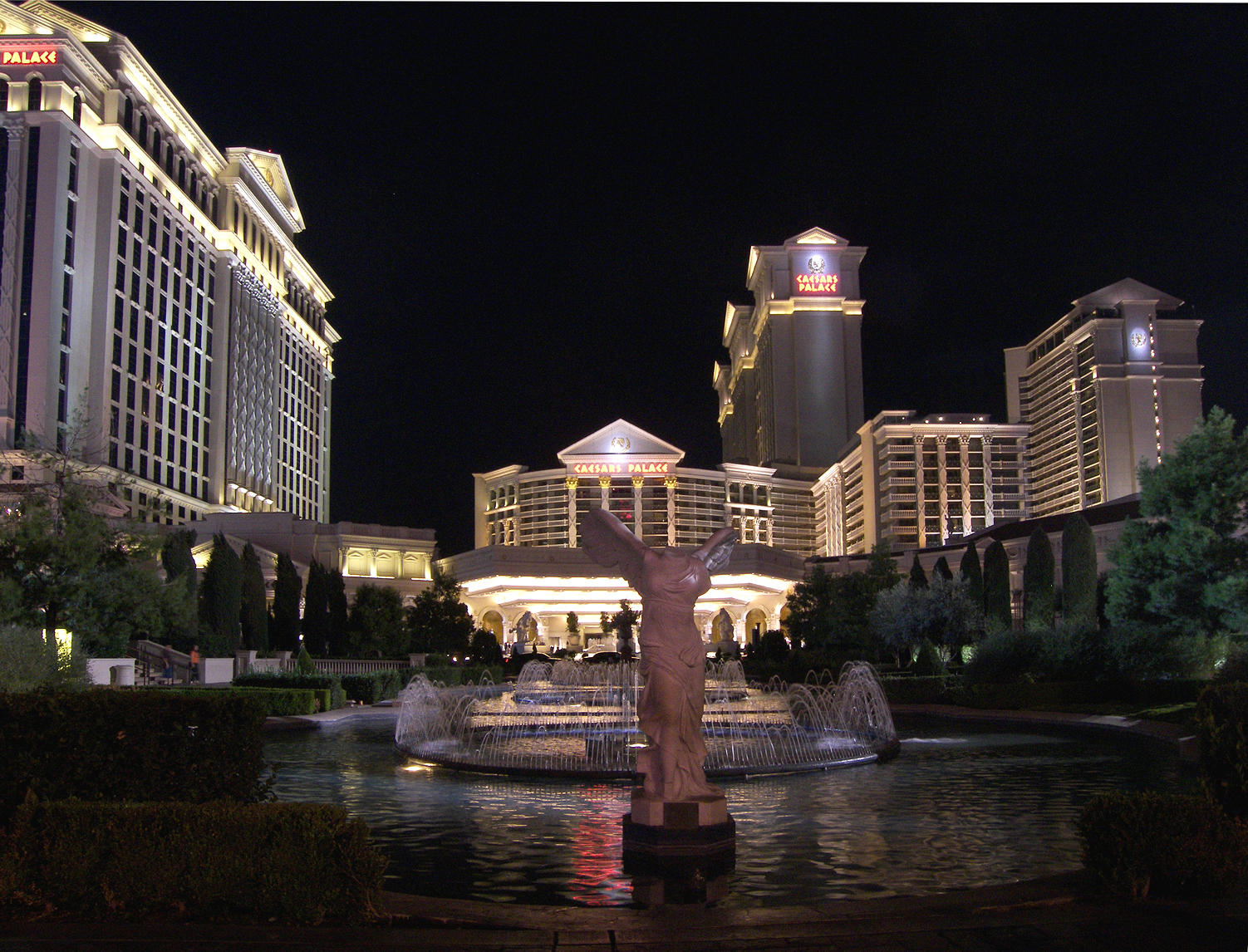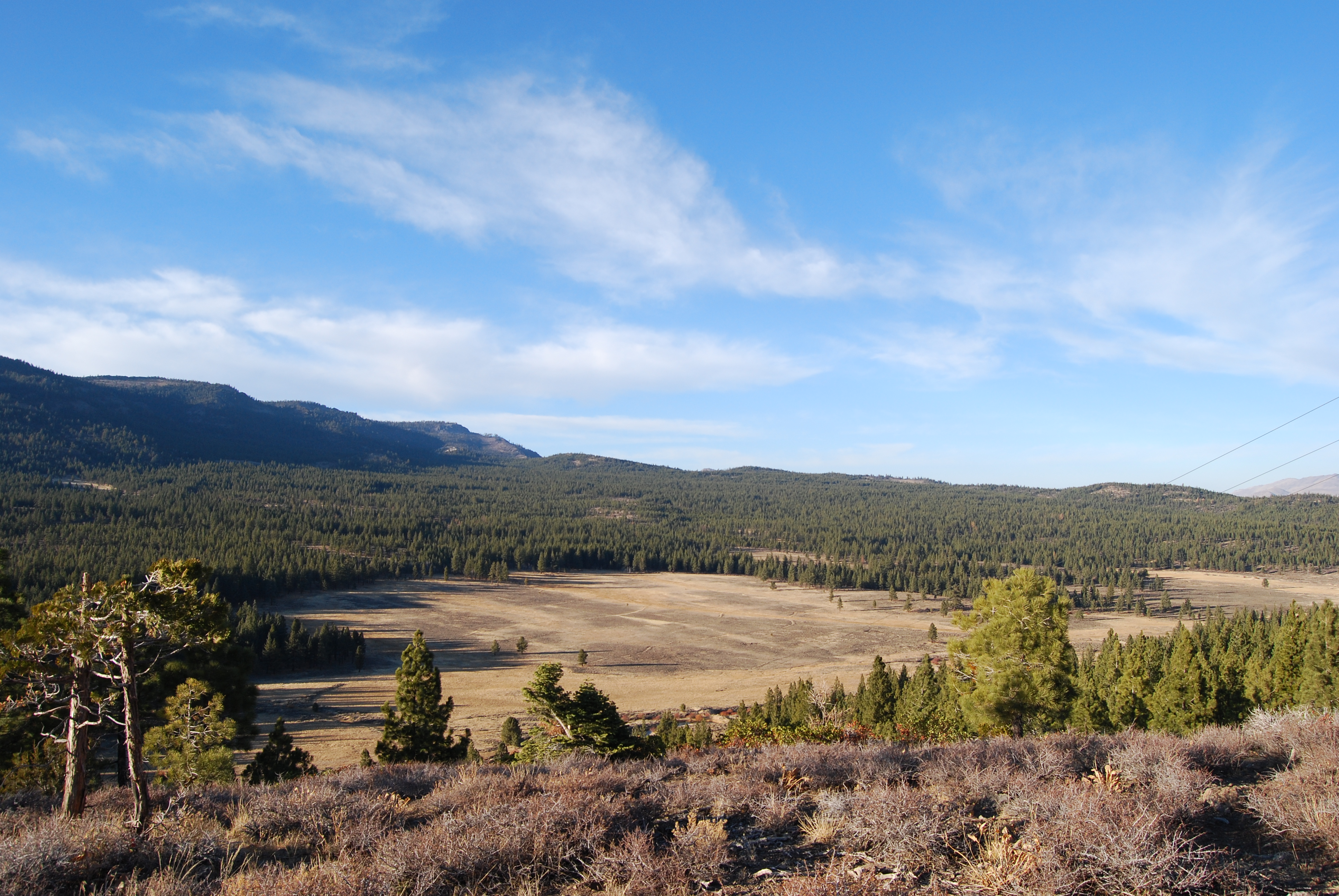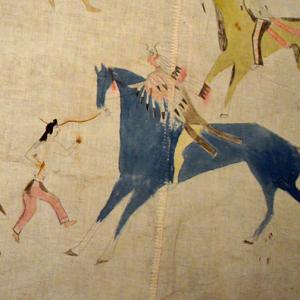|
Handgame
Handgame, also known as stickgame, is a Indigenous peoples of the Americas, Native American guessing game, in which marked "bones" are concealed in the hands of one team while another team guesses their location. Gameplay Any number of people can play the Hand Game, but each team (the "hiding" team and the "guessing" team) must have one pointer on each side. The Hand Game is played with two pairs of 'bones', each pair consisting of one plain and one striped bone. ten sticks are used as counters with some variations using additional count sticks such as extra stick or "kick Stick" won by the starting team. The "raw" or "uncooked" counting sticks will be divided evenly between both opposing teams. Different rules such as which bone will be guessed, the plain or striped bone, is determined by the traditional format of the tribe or region - the plain bone or the striped bone. California, Oklahoma, and Dakota Indians generally call for the striped bone, where as most other tribes pr ... [...More Info...] [...Related Items...] OR: [Wikipedia] [Google] [Baidu] |
Slahal
Slahal (also called bone game or handgame) is a gambling game played by the Coast Salish peoples in the western United States and Canada, specifically in the lower Fraser Valley area of British Columbia, parts of Vancouver Island, and north-western parts of Washington State. The game was shared in common by a number of the nations and tribal groups of this area. Name Slahal is also known as the bone game, bloodless war game, or handgame. This game has different names in each individual Coast Salish language. For example, it is called ''slehà:l'' in Halkomelem. Cultural meanings Slahal is not only a gambling game but also a means of social and supernatural expression. It has similar rules across different Coast Salish groups, historically providing a shared medium for interaction and peaceful rivalry. Slahal remains of continued importance in maintaining inter-group ties, establishing and recognizing individual status, gaining personal fulfillment through successful tea ... [...More Info...] [...Related Items...] OR: [Wikipedia] [Google] [Baidu] |
Canyon Records
Canyon Records of Phoenix, Arizona, is a record label that has produced and distributed Native American music for 56 years. History Canyon was founded in 1951 by Ray and Mary Boley, who had opened the first recording studio in Phoenix, Arizona Recording Productions, in 1948. The Boley's involvement with Native American music began when Ray was asked by the Phoenix Little Theater to record a Navajo singer named Ed Lee Natay. Boley was so taken with what he heard that he recorded a collection of songs titled ''Natay, Navajo Singer'', an album still in active release. To promote the album, the Boleys took a booth at the 1951 Arizona State Fair. For most fairgoers, the recording was only a curiosity, but for Native Americans it was a revelation. They had never seen any of their music available on record before, and the album was well received within the Native community. Before the close of the fair, a Hopi jeweler at a booth next to the Boleys suggested they record Hopi music. ... [...More Info...] [...Related Items...] OR: [Wikipedia] [Google] [Baidu] |
Gambling Games
Gambling (also known as betting or gaming) is the wagering of something of value ("the stakes") on a random event with the intent of winning something else of value, where instances of strategy are discounted. Gambling thus requires three elements to be present: consideration (an amount wagered), risk (chance), and a prize. The outcome of the wager is often immediate, such as a single roll of dice, a spin of a roulette wheel, or a horse crossing the finish line, but longer time frames are also common, allowing wagers on the outcome of a future sports contest or even an entire sports season. The term "gaming" in this context typically refers to instances in which the activity has been specifically permitted by law. The two words are not mutually exclusive; ''i.e.'', a "gaming" company offers (legal) "gambling" activities to the public and may be regulated by one of many gaming control boards, for example, the Nevada Gaming Control Board. However, this distinction is not univer ... [...More Info...] [...Related Items...] OR: [Wikipedia] [Google] [Baidu] |
Reno, Nevada
Reno ( ) is a city in the northwest section of the U.S. state of Nevada, along the Nevada–California border. It is the county seat and most populous city of Washoe County, Nevada, Washoe County. Sitting in the High Eastern Sierra foothills, in the Truckee River valley, on the eastern side of the Sierra Nevada, it is about northeast of Lake Tahoe. Known as "The Biggest Little City in the World", Reno is the List of United States cities by population, 78th most populous city in the United States, the List of cities in Nevada, third most populous city in Nevada, and the most populous in Nevada outside the Las Vegas Valley. The city had a population of 264,165 at the 2020 United States census, 2020 census. The city is named after Civil War Union major general Jesse L. Reno, who was killed in action during the American Civil War at the Battle of South Mountain, on Fox's Gap. Reno is part of the Reno, NV Metropolitan Statistical Area, Reno–Sparks metropolitan area, the second-m ... [...More Info...] [...Related Items...] OR: [Wikipedia] [Google] [Baidu] |
Smithsonian Institution
The Smithsonian Institution ( ), or simply the Smithsonian, is a group of museums, Education center, education and Research institute, research centers, created by the Federal government of the United States, U.S. government "for the increase and diffusion of knowledge". Founded on August 10, 1846, it operates as a trust instrumentality and is not formally a part of any of the Federal government of the United States#branches, three branches of the federal government. The institution is named after its founding donor, British scientist James Smithson. It was originally organized as the United States National Museum, but that name ceased to exist administratively in 1967. The Smithsonian Institution has historical holdings of over 157 million items, 21 museums, 21 libraries, 14 education and research centers, a zoo, and historical and architectural landmarks, mostly located in Washington, D.C. Additional facilities are located in Maryland, New York (state), New York, and Virg ... [...More Info...] [...Related Items...] OR: [Wikipedia] [Google] [Baidu] |
Lakota People
The Lakota (; or ) are a Native Americans in the United States, Native American people. Also known as the Teton Sioux (from ), they are one of the three prominent subcultures of the Sioux people, with the Eastern Dakota (Santee) and Western Dakota (). Their current lands are in North Dakota, North and South Dakota. They speak — the Lakota language, the westernmost of three closely related languages that belong to the Siouan languages, Siouan language family. The seven bands or "sub-tribes" of the Lakota are: * (, Burned Thighs) * ("They Scatter Their Own") * (, Without Bows) * (Hunkpapa, "End Village", Camps at the End of the Camp Circle) * (Miniconjou, "Plant Near Water", Planters by the Water) * ("Blackfeet" or "Blackfoot") * (Two Kettles) Notable Lakota persons include (Sitting Bull) from the , (Touch the Clouds) from the Miniconjou; (Black Elk), (Red Cloud), and (Billy Mills), all ; (Crazy Horse) from the and Miniconjou, and (Spotted Tail) from the ... [...More Info...] [...Related Items...] OR: [Wikipedia] [Google] [Baidu] |
Frances Densmore
Frances Theresa Densmore (May 21, 1867 – June 5, 1957) was an American anthropologist and ethnographer from Minnesota. Densmore studied Native American music and culture, and in modern terms, she may be described as an ethnomusicologist. Life and Works Densmore was born on May 21, 1867, in Red Wing, Minnesota. As a child Densmore developed an appreciation of music by listening to the nearby Dakota Indians. She studied music at Oberlin College for three years. During the early part of the twentieth century, she worked as a music teacher with Native Americans nationwide, while also learning, recording, and transcribing their music, and documenting its use in their culture. She helped preserve their culture in a time when government policy was to encourage Native Americans to adopt Western customs. Densmore began recording music officially for the Smithsonian Institution's Bureau of American Ethnology (BAE) in 1907. In her fifty-plus years of studying and preser ... [...More Info...] [...Related Items...] OR: [Wikipedia] [Google] [Baidu] |
Stewart Culin
Robert Stewart Culin (July 13, 1858 – April 8, 1929) was an American ethnographer and author interested in games, art and dress. Culin played a major role in the development of ethnography, first concentrating his efforts on studying the Asian-Americans workers in Philadelphia. His first published works were "The Practice of Medicine by the Chinese in America" and "China in America: A study in the social life of the Chinese in the eastern cities of the United States", both dated 1887. He believed that similarity in gaming demonstrated similarity and contact among cultures across the world. Early life Born Robert Stewart Culin, a son of Mina Barrett Daniel Culin and John Culin, in Philadelphia, Culin was schooled at Nazareth Hall. He entered his father's mercantile business after graduating from high school. While he had no formal education in anthropology, Culin played a role in the development of the field. His interest began with the Asian-American population of Philadel ... [...More Info...] [...Related Items...] OR: [Wikipedia] [Google] [Baidu] |
Up Jenkins
Up Jenkins, also known by the shortened name Jenkins, is a party game in which players conceal a coin (or ring, button, etc.) in their palm as they slap it on a table with their bare hands. The goal of the game is for the players on the team without the coin to correctly identify which hand the coin is under. The game typically consists of two- to four-player teams, one on each side of a table. There are no official rules, so rules may vary widely. The game is often played with alcoholic beverages with which to drink as a forfeit. Gameplay The captain of one team takes a coin and passes it under the table to the second person of the team. The players on that team pass the coin under the table back and forth from one player to another. The object of the game is to do it so carefully that the opposing team cannot guess which player has the coin. Once this selection is made, the opposing team's captain yells "Up Jenkins" at which point all players on the team with the coin place t ... [...More Info...] [...Related Items...] OR: [Wikipedia] [Google] [Baidu] |
Indigenous Peoples Of The Pacific Northwest Coast
The Indigenous peoples of the Americas, Indigenous peoples of the Pacific Northwest Coast are composed of many nations and tribal affiliations, each with distinctive cultural and political identities. They share certain beliefs, traditions and practices, such as the centrality of salmon as a resource and spiritual symbol, and many cultivation and subsistence practices. The term ''Northwest Coast'' or ''North West Coast'' is used in anthropology to refer to the groups of Indigenous people residing along the coast of what is now called British Columbia, Washington (state), Washington State, parts of Alaska, Oregon, and Northern California. The term ''Pacific Northwest'' is largely used in the American context. At one point, the region had the highest population density of a region inhabited by Indigenous peoples in Canada.Aboriginal Identity (8), Sex (3) and Age Groups (12) for the Population of Canada, Provinces, Territories, Census Metropolitan Areas and Census Agglomerations, 2006 ... [...More Info...] [...Related Items...] OR: [Wikipedia] [Google] [Baidu] |
Tulalip
The Tulalip Tribes of Washington (, ), formerly known as the Tulalip Tribes of the Tulalip Reservation, is a federally recognized tribe of Duwamish people, Duwamish, Snohomish tribe, Snohomish, Snoqualmie people, Snoqualmie, Upper Skagit Indian Tribe, Skagit, Sauk-Suiattle Indian Tribe of Washington, Suiattle, Samish people, Samish, and Stillaguamish people. They are South and Central Coast Salish peoples of indigenous peoples of the Pacific Northwest Coast. Their tribes are located in the mid-Puget Sound region of Washington (state), Washington. Tulalip leader John McCoy (American politician), John McCoy was a member of the Washington State Legislature from 2003 to 2020. For a time he served as the only Native American in the legislature, at other times being joined by Jeff Morris, an Alaskan Native (Tsimpshian) who was elected in 1996 with two other Alaskan Natives, Dino Rossi (Tlingit) and Jim Dunn (Aleut). In 2002, the Tulalip Tribes also exerted political power by allying with ... [...More Info...] [...Related Items...] OR: [Wikipedia] [Google] [Baidu] |






